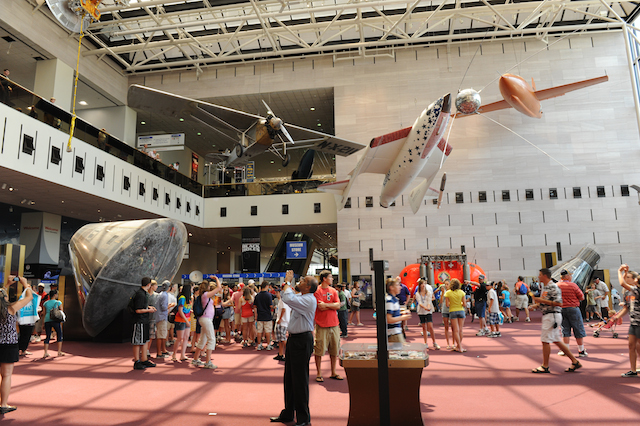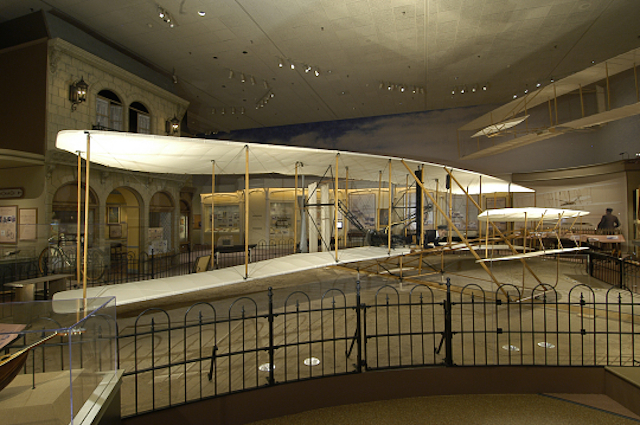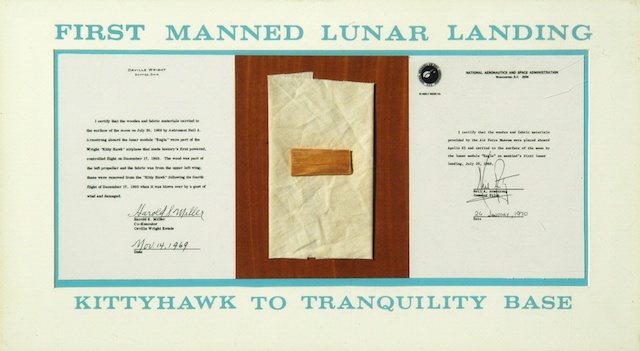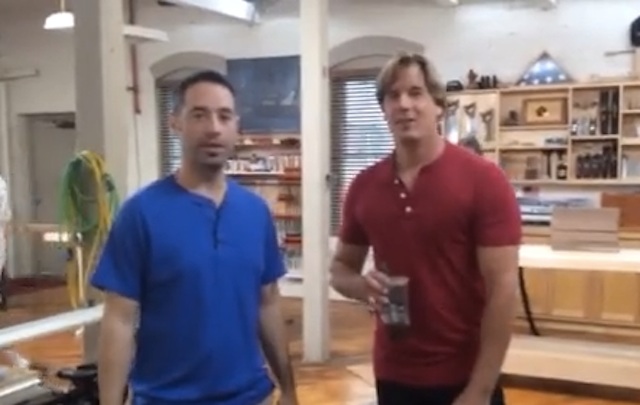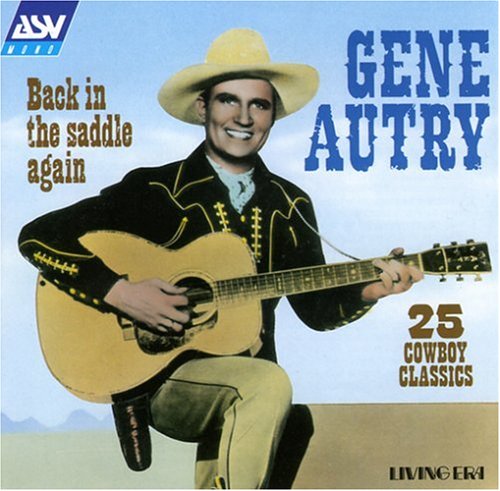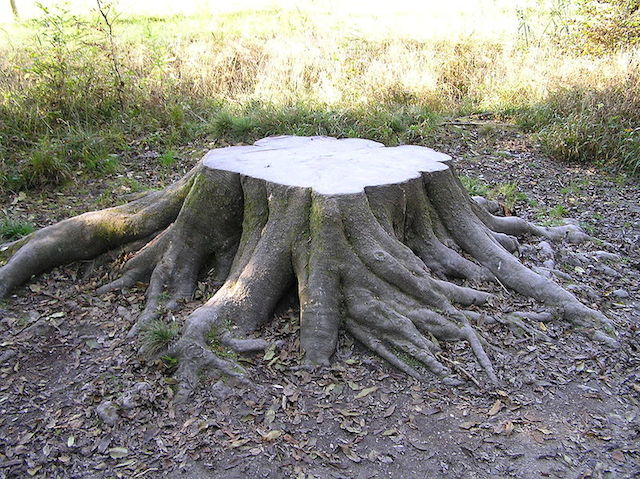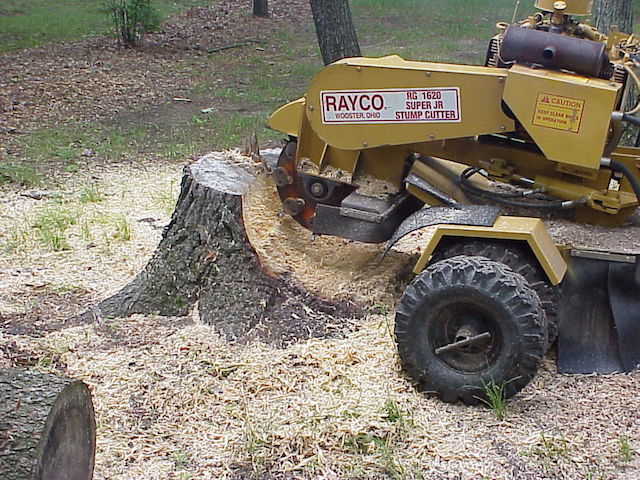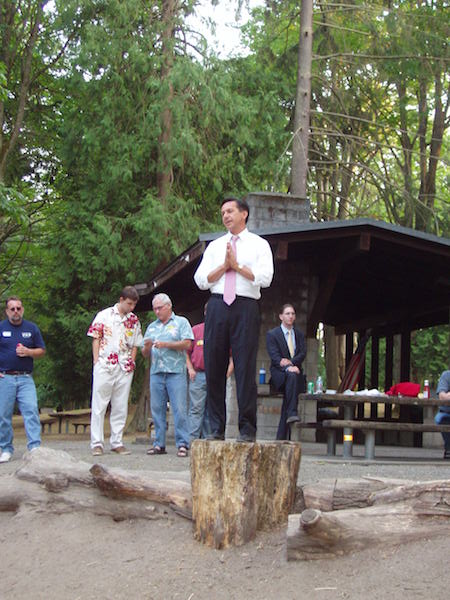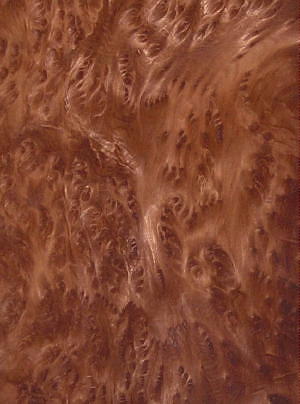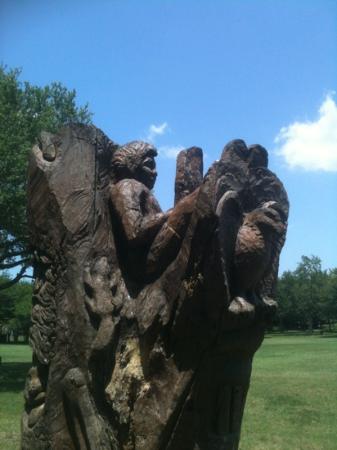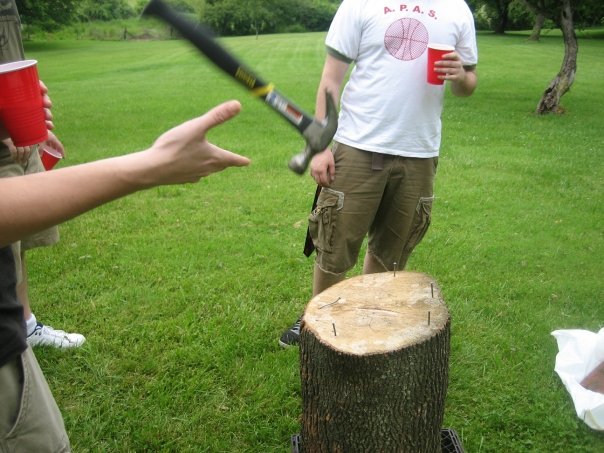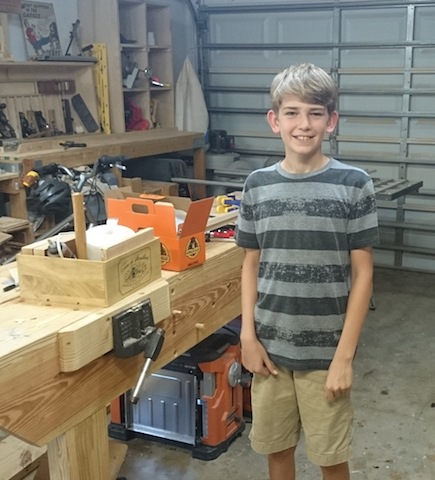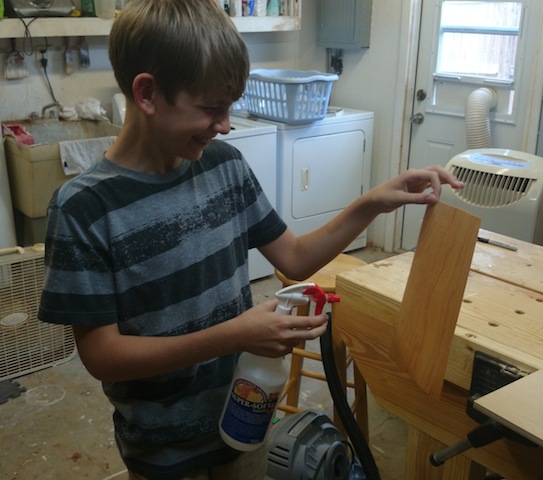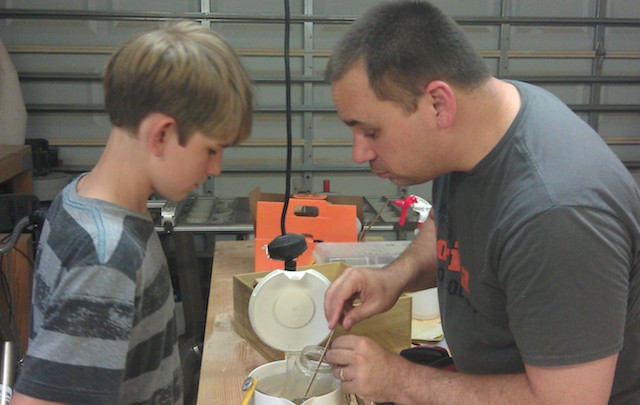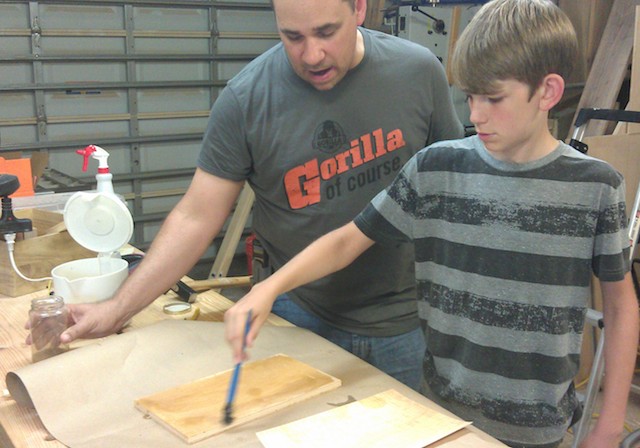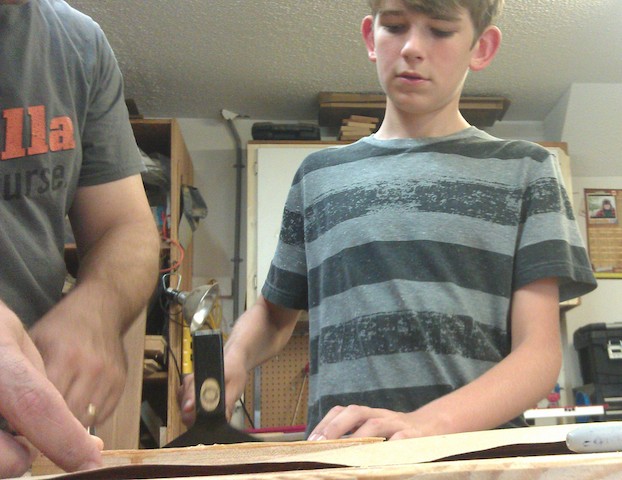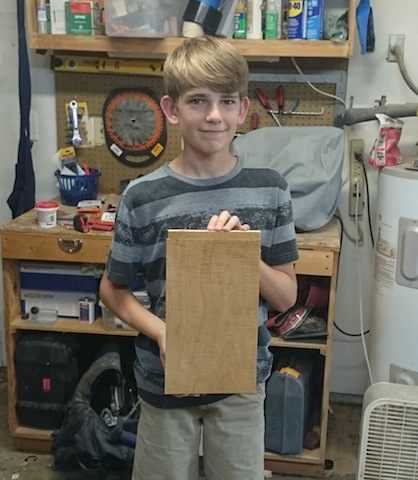OK, I’m a space nut. And, if you ever find yourself in Washington, D.C., I strongly recommend that you take the time to go and visit the Smithsonian’s Air and Space Museum.
From the moment you walk in to the museum, you come face to face with three important bits of NASA history…
- Friendship 7, the Mercury capsule that made John Glenn the first American to orbit the Earth,
- Gemini IV, the capsule that Ed White stepped out of as the first American to walk in space, and,
- the Columbia, the Command Module for Apollo 11, the capsule that took Neil Armstrong, Buzz Aldrin and Michael Collins to the Moon and back for those historic first steps.
Just a few minutes’ walk through the crowds, and you will find yourself in front of the Wright Flyer, the first heavier-than-air aircraft that was able fly under its own power.
I’m sure right now, you must be wondering 1) What the space race and the Wright Flyer have in common, and 2) why is Tom featuring this on his blog.
Well, this week, we marked the 45th anniversary of the first Lunar landing by Apollo 11. And, in the many posts I have put onto Facebook and Twitter about the event, I discovered something fascinating…
It’s amazing to think that only 66 years separated the first flight from the first Moon landing. And, while the Apollo spacecraft and the Saturn V rocket that propelled the trio to the Moon were built from cutting edge alloys, Orville and Wilbur worked primarily with spruce and canvas as their building materials. Canvas because it was tough and spruce because it had tremendous strength, but remained flexible.
Before the launch, each of the astronauts was able to pack up to five pounds in a personal preference kit. While most of the items in these kits included personal mementoes, Armstrong was able to work with the National Museum of the Air Force to bring a piece of the craft’s propeller and wing cloth in his.
Sure, it was a sentimental act, but it showed just how important wood was to the pioneers of flight – linking Kitty Hawk to the Sea of Tranquility.

